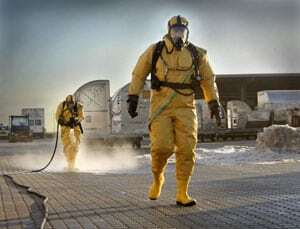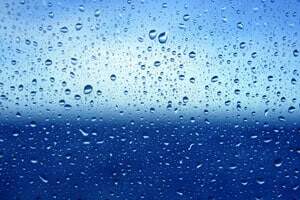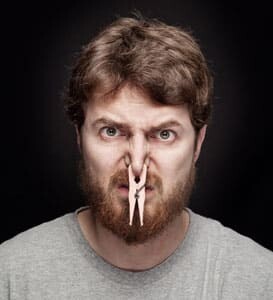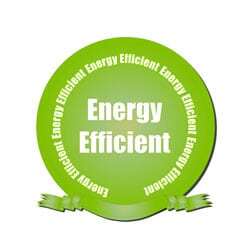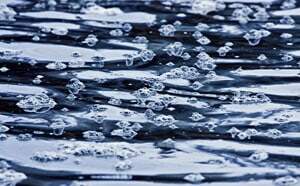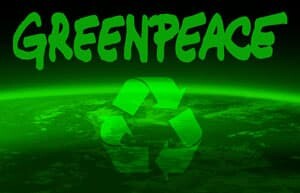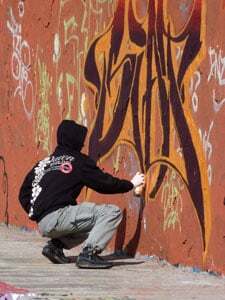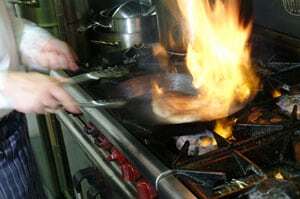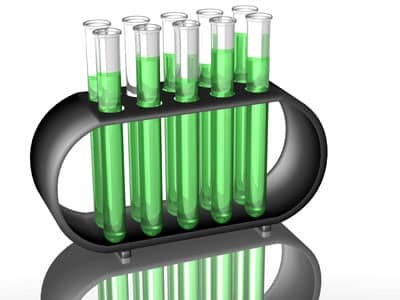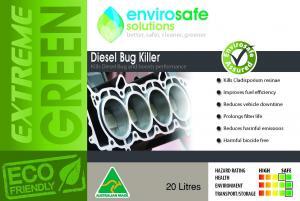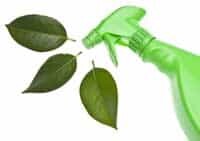 If you have ever travelled to the Blue Mountains, west of Sydney on the east coast of Australia, the image of the azure haze of the eucalypt gums will remain etched in your mind’s eye forever. The eucalyptus oil that is responsible for the magnificent haze is a versatile and complex substance, comprising more than 100 different compounds. Hailing from the Myrtaceae family, the tree has received a great deal of interest from environmentalists and researchers because of its novel and complex compound composition. While many of the compounds found in the eucalypt are highly effective on their own, when they combine and connect, they produce superior therapeutic and antiseptic results and outcomes. In recent years, their potential as a bio-fuel has also been thoroughly researches and lauded.[1]
If you have ever travelled to the Blue Mountains, west of Sydney on the east coast of Australia, the image of the azure haze of the eucalypt gums will remain etched in your mind’s eye forever. The eucalyptus oil that is responsible for the magnificent haze is a versatile and complex substance, comprising more than 100 different compounds. Hailing from the Myrtaceae family, the tree has received a great deal of interest from environmentalists and researchers because of its novel and complex compound composition. While many of the compounds found in the eucalypt are highly effective on their own, when they combine and connect, they produce superior therapeutic and antiseptic results and outcomes. In recent years, their potential as a bio-fuel has also been thoroughly researches and lauded.[1]
These compounds that form the basis of eucalyptus oil are cultivated worldwide from small village cash-crop concerns such in Peru, Africa, and Kodaikanal and other hill stations in Southern India, through to large scale harvesting and steam distillation concerns in China, South Africa, Portugal and Australia. The power and prominence of the gum leave has undoubtedly gone global!
Envirosafe Solutions is well aware of the commercial viability and the strong antibacterial qualities of many of the eucalyptus tree’s compounds and has sourced industrial eucalyptus oil for its Extreme Green Disinfectant. The cineole-based oil has strong antibacterial effects, which translates to a cleaner and more serene living environment, free from germs and nasty microbial activity. This product is of commercial grade and standard, so it is suitable for larger scale cleaning jobs in office areas, schools, factories, large toilet and shower areas in sporting clubs, as well as gritty refuse areas and virtually anywhere where odours cause a problem.
Extreme Green Disinfectant has a fresh eucalyptus perfume, leaving the cleaned area fragrant and sparkling. It is even safe to use in septic tanks because of its full biodegradability and it also retains its efficiency in both hard and soft water. It’s therefore suitable for cleaning in remote areas and regions in industries such as mining and agriculture. Most importantly it is completely safe and easy to use and won’t hurt your family, your pets or your workforce. For general disinfecting, simply dilute Eucalyptus Disinfectant at a ratio of 1:30 with water. And for more rigorous requirements of heavy duty cleaning, simply alter the ratio and increase the ratio to a 1:20 with water. This ratio will work best for harder tasks such as refuse areas, rubbish bins and ingrained and soiled areas.
Like other Envirosafe Solutions quality products, Extreme Green Eucalyptus Disinfectant has an indefinite shelf life when stored appropriately,* which means your dollar goes further and lasts longer and there is no need to watch that “use by date” label!
Envirosafe Solutions is able to supply quality eucalyptus based disinfectant of superior quality which is suitable for home, commercial and industrial use.
Telephone Envirosafe Solutions on 1300 88 90 70.
*store in a cool, dry and well ventilated location away from direct sunlight.
[1] http://en.wikipedia.org/wiki/Eucalyptus









